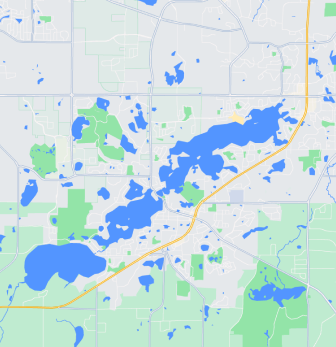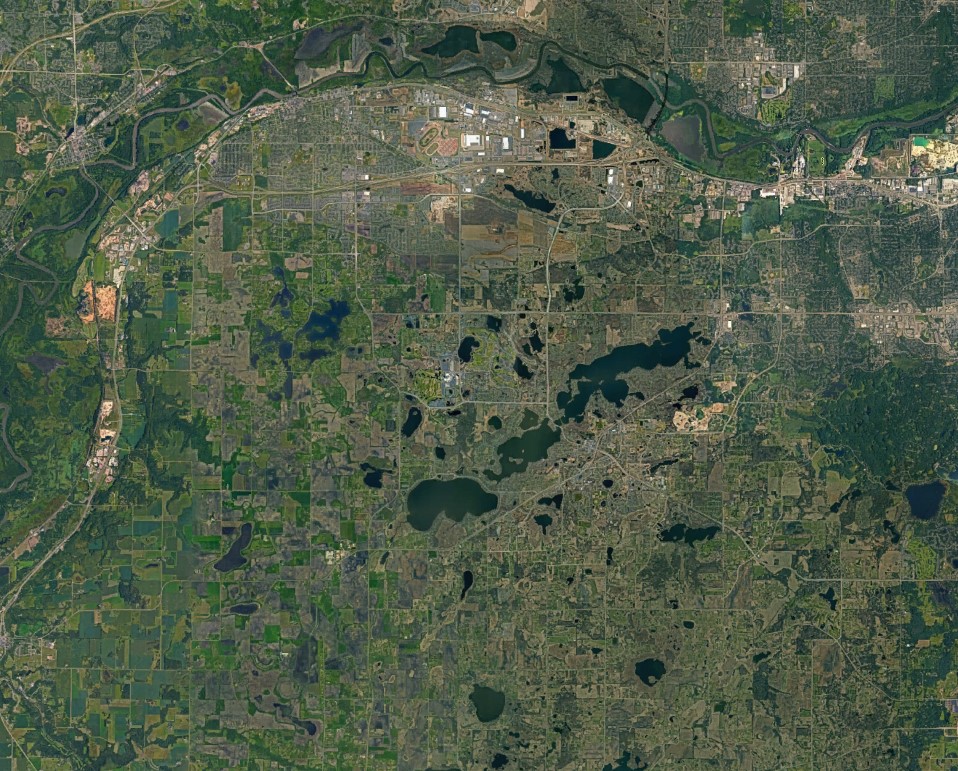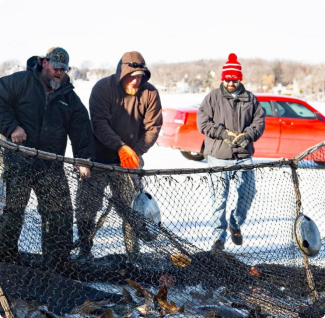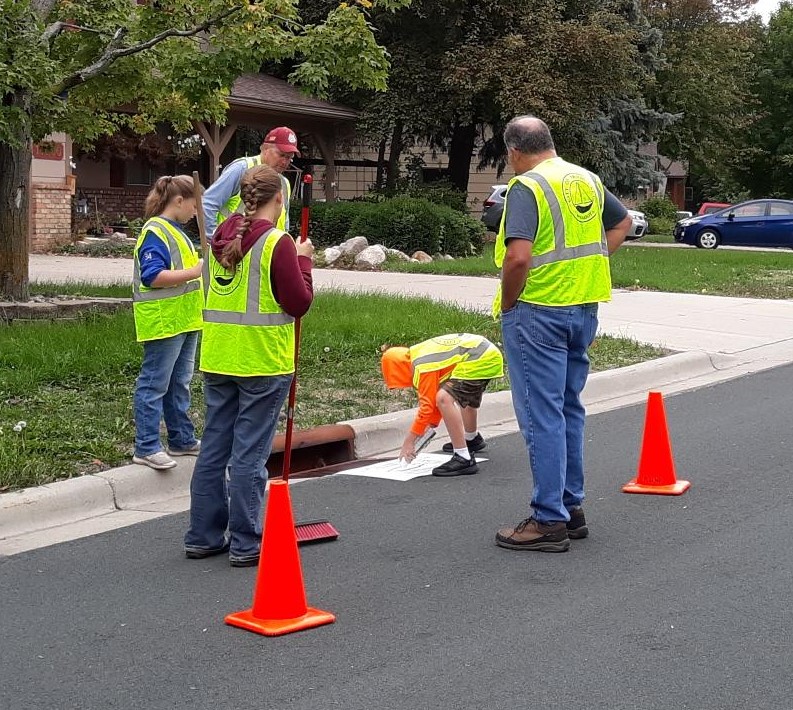Raymond Park Restoration Project
The restoration project includes buckthorn removal, an oak savanna restoration, beach plant community restoration, shoreline restoration and replacing the existing turf grass with low-maintenance grass.
Project Location: Raymond Park (south shore of Spring Lake)
Size: 4 acres
Ownership: City of Prior Lake, Spring Lake Township
Status Details:
Initial restoration completed in 2017. Maintenance ongoing.
Background & History of the Parcel
Raymond Park was previously owned by Spring Lake Township before it was transferred to the City of Prior Lake in 2008. Even though the park is owned by the City of Prior Lake and is part of a future planned annexation area, it is still located in Spring Lake Township until the annexation occurs.
The four acre park is located on the south side of Spring Lake at the end of Raymond Avenue on a peninsula which separates Spring Lake from a large 115-acre wetland to the south. The park has 1500 feet of shoreline as well as a picnic shelter and fishing pier. The District worked with the City of Prior Lake, Spring Lake Township, and Great River Greening, a non-profit organization, to complete the restoration and demonstration project.
Prior the arrival of European settlers, this area was in a transitional zone between the Big Woods (maple, basswood and red oak forest) of Minnesota and Wisconsin and the oak savanna. The old growth oaks present on the property have an open growth form which indicates that this site may once have been an oak savanna. Native oak savannas support a high species diversity, but they have become a very rare habitat as a result of land use changes over time. As a result of fire suppression, low quality trees and shrubs have inevitably grow up the oak savanna, degrading the habitat and shading out the grasses and forbs which form an integral part of the oak savanna habitat.
Restoration Design
The restoration project includes buckthorn removal, an oak savanna restoration, beach plant community restoration, shoreline restoration and replacing the existing turf grass with low-maintenance grass.
Oak Savanna: Prior to the restoration, the understory of the wooded area was thick with buckthorn, an invasive shrub originally from Europe.
As part of our restoration efforts, we removed the buckthorn thus opening up the understory and dramatically changing the appearance of the site. This “daylighting” will allow the oaks to thrive and sunlight to reach the low growing grasses and forbs found in an intact oak savanna. This also helps cover the bare soil and protect it from erosion.
This excellent article from the St. Croix Research Station explains how removing buckthorn can improve both habitat AND water quality.
Low-Maintenance Grass:
The mowed turf grass areas in the park were re-seeded with low-growing native grass with some flowering forbs mixed in. This grass only requires mowing a few times a year and does not need to be fertilized. This reduces maintenance costs while benefiting the environment.
Beach Restoration
The vegetation in the beach area was replaced with native plants typically found in a beach plant community. Natural sandy beaches have sparse vegetation which helps stabilize the shoreline, hold the sand in place and provide valuable habitat.
Shoreline Restoration
The remaining shoreline area was enhanced by removing invasive species and seeding the area with native species.
Funding
This project was partially funded through a Conservation Partners Legacy grant from the State of Minnesota with additional contributions from PLSLWD, the City of Prior Lake and Great River Greening. Grant funds come from the Outdoor Heritage fund of the Clean Water, Land and Legacy Amendment and grantees are recommended by the Lessard-Sams Outdoor Heritage Council (LSOHC).
-
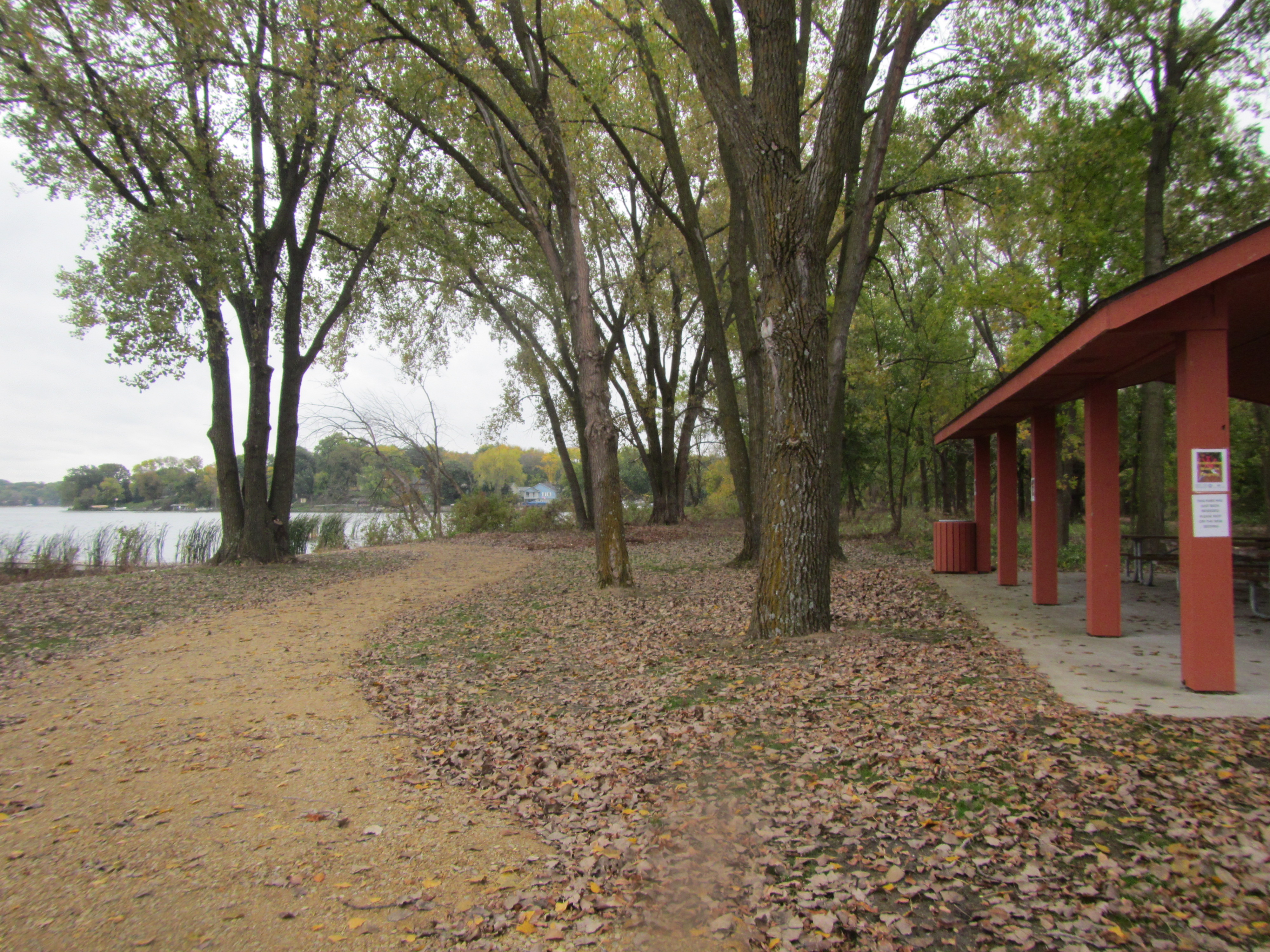
-
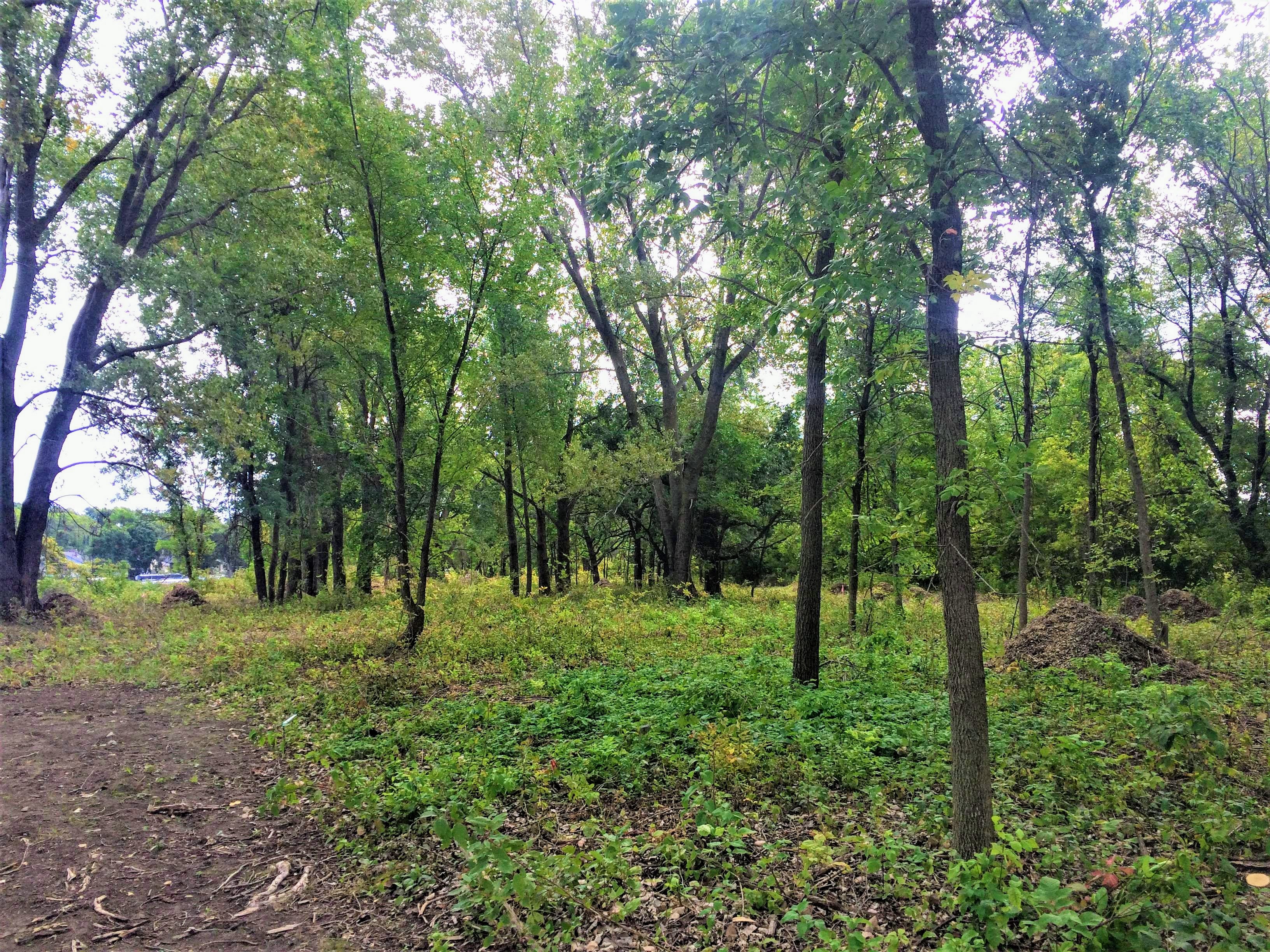
Removing the buckthorn from the oak savanna area made a dramatic difference at the park.
-
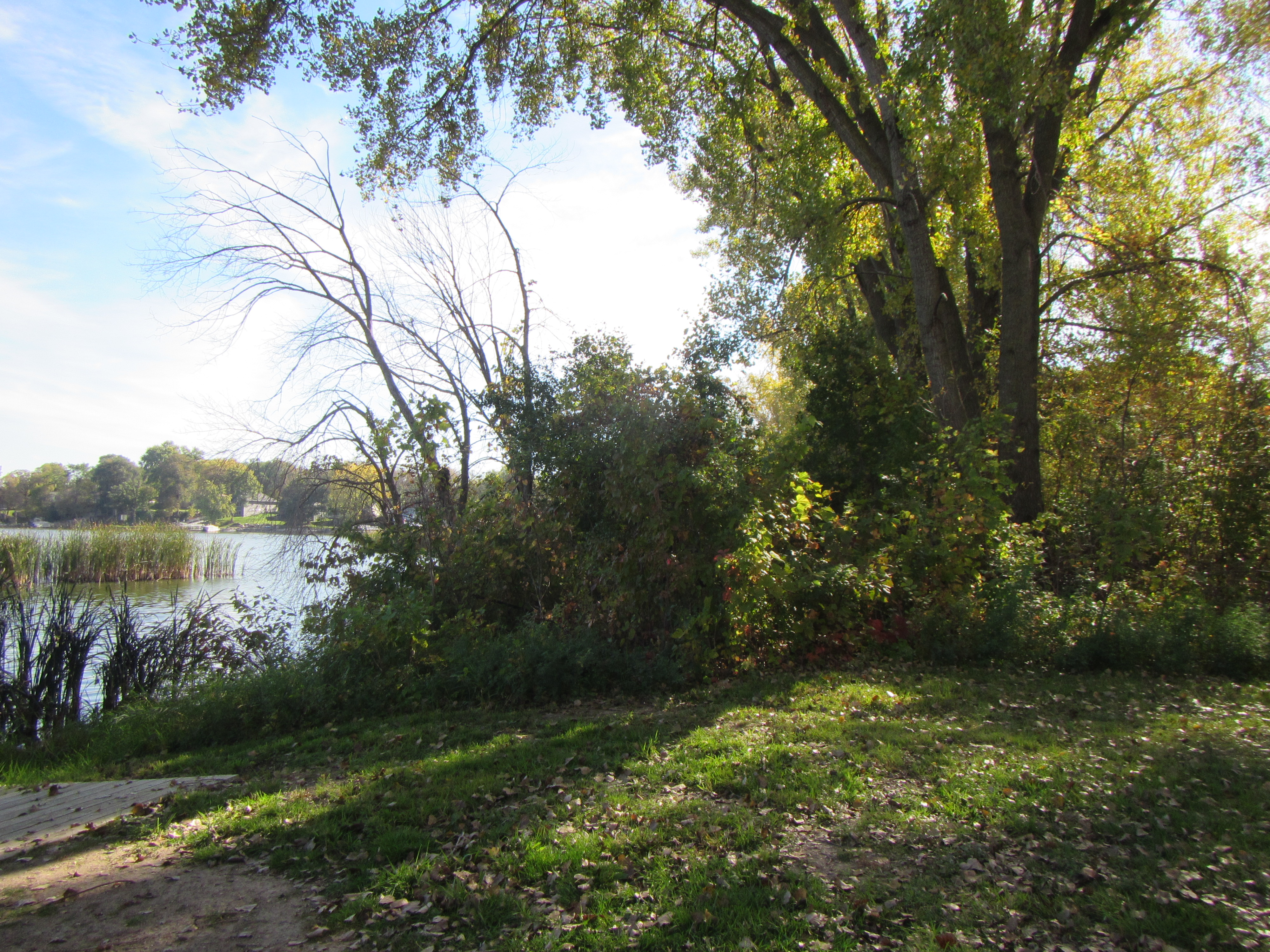
Prior to the project, much of the park was covered with a thick wall of buckthorn.
-
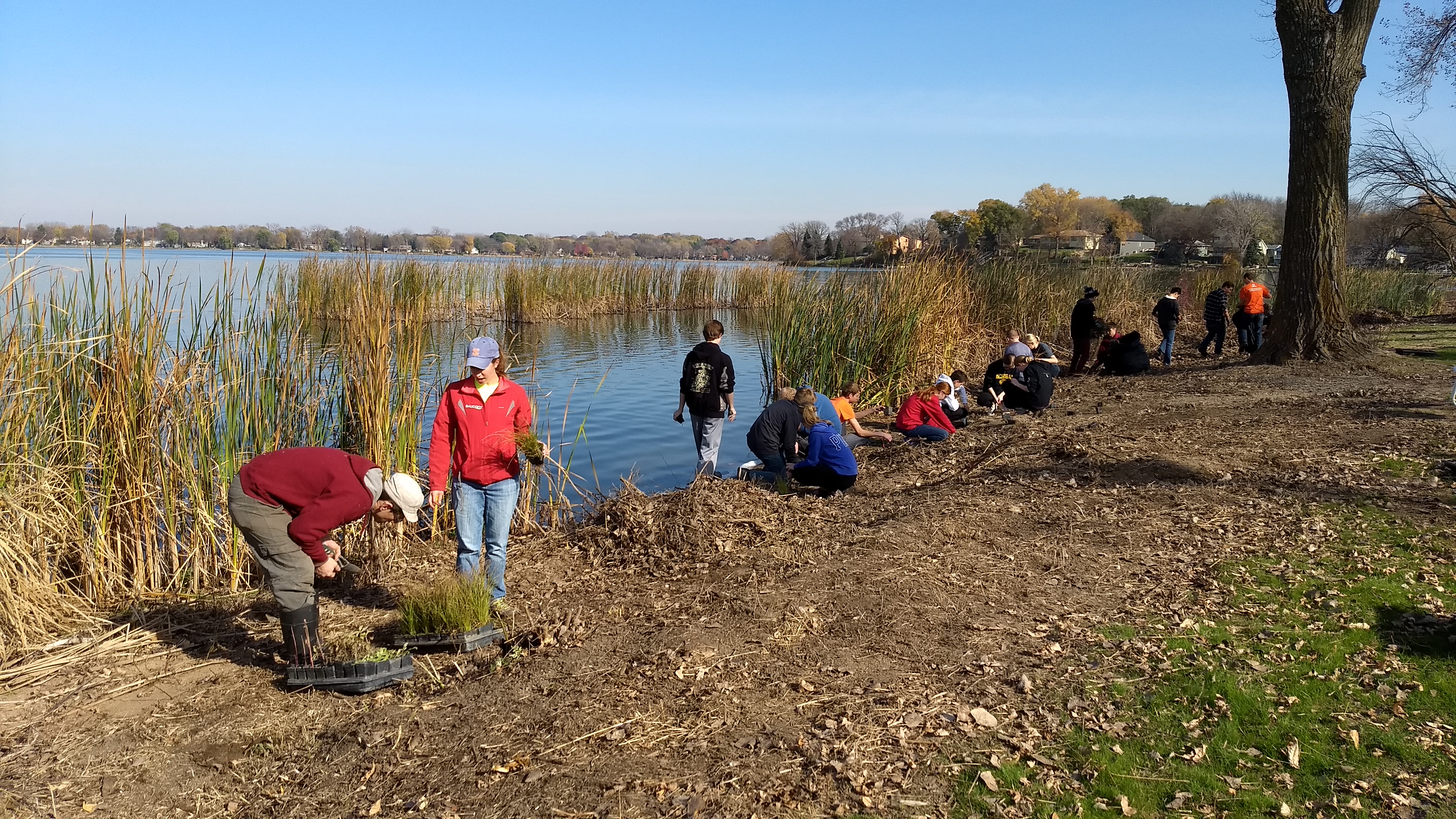
Benefits
- The Raymond Park Restoration Project will serve as an educational site which demonstrates shoreline restoration techniques, turf grass alternatives and an oak savanna restoration.
- It will allow the public to see these restorations and habitats firsthand and potentially inspire ideas for their own properties.
Timeline
- Summer & Fall 2017: Initial site restoration completed. Buckthorn removed and existing turf grass killed. Oak savanna, shoreline, beach and grass areas seeded with native plant species. Students from Prior Lake High School’s EcoTeam and AP Environmental Science class helped plant plugs of native grasses and forbs along the beach area in the fall.
- Ongoing: The initial site buckthorn removal and restoration were completed in Fall 2017. As buckthorn and other non-native invasive species don’t give up after the first removal, ongoing maintenance is required. As the native plants become more established on the site, they should be able to better compete with the invasive species and less intensive maintenance will be required as time goes on.
Related Documents
Partners
- City of Prior Lake
- Spring Lake Township
- Great River Greening
- Clean Water Land & Legacy Amendment

